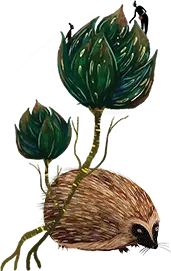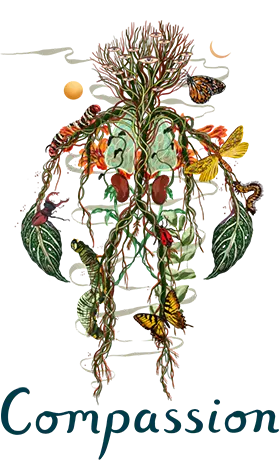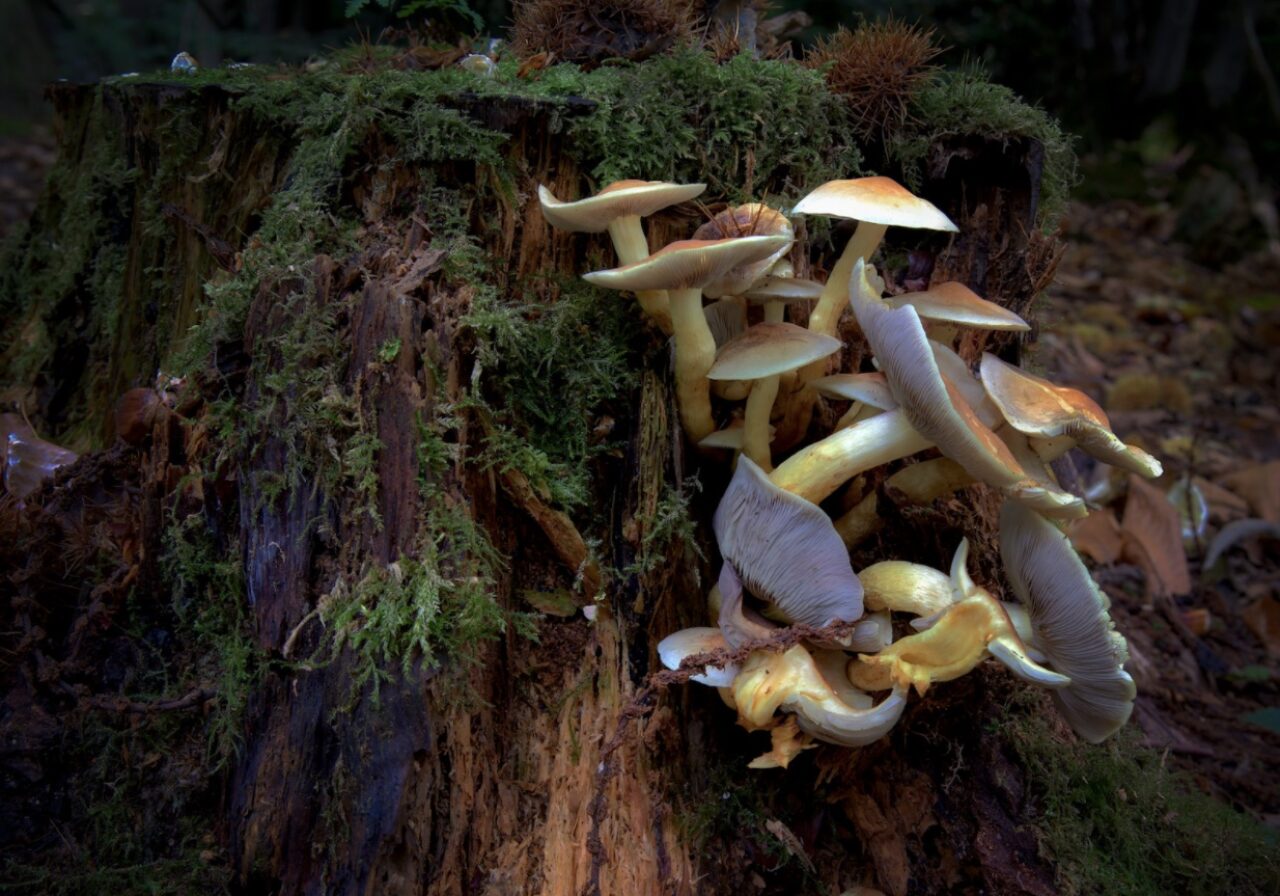
Why Fungi Matter
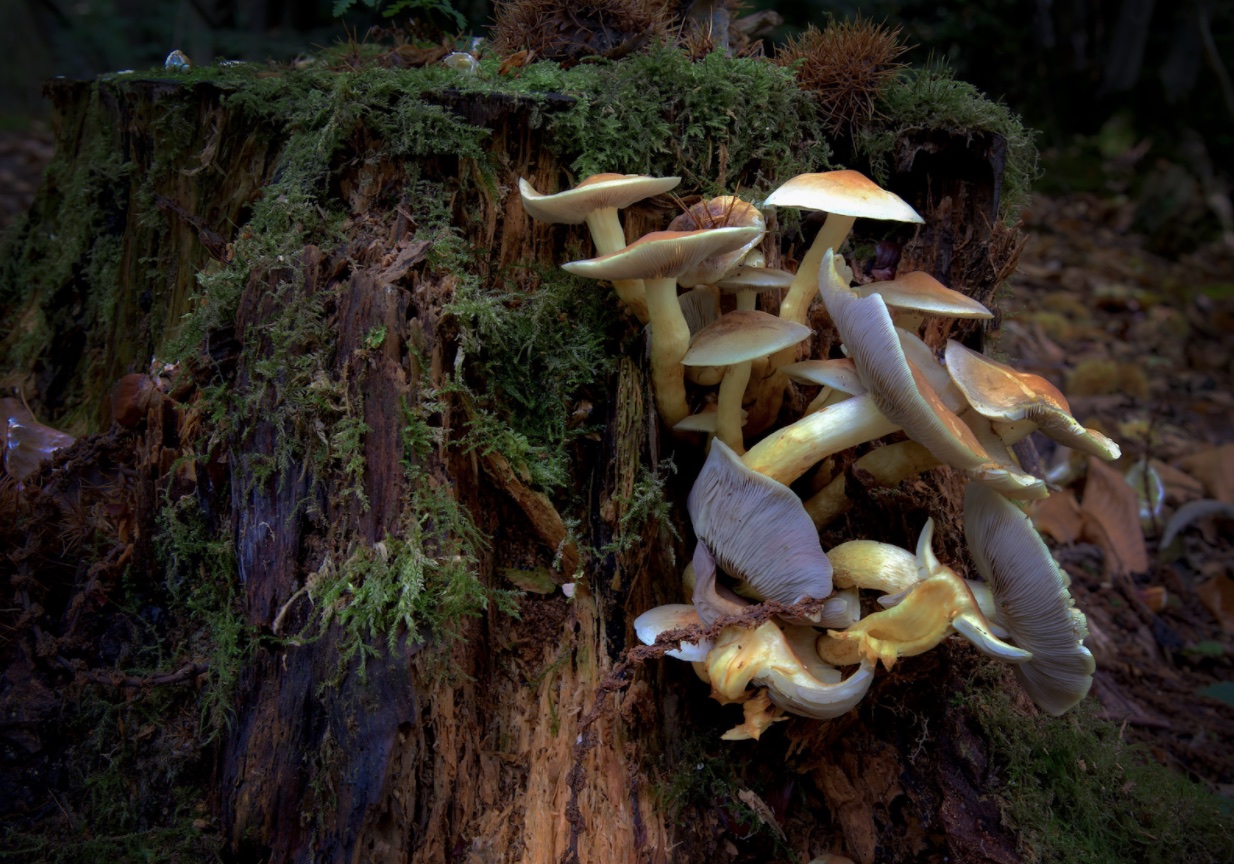
We are all familiar with mushrooms, whether that’s Portobello, Oyster, Shiitake or Button. But what do we really know about fungi? Described as being the “fifth kingdom of life on Earth”; fungi are neither plant nor animal, microbe nor protozoa. They live everywhere: in water, on trees, in the soil, in the air – and on and in our bodies.
They are certainly a mysterious kingdom; the largest living organism on earth today is actually an underground honey fungus in Oregon, covering about 3.7 square miles and thought to weigh as much as thirty-five thousand tons. Moreover, the number of different species of fungi is estimated to reach the millions. That said, with ninety per cent of fungi going undocumented, it is clear that our knowledge of them remains extremely limited.
Recently though, interest in fungi has entered the mainstream, with Martin Sheldrake’s book Entangled Life: How Fungi Make Our Worlds, Change Our Minds & Shape Our
becoming an international bestseller and Louie Schwartzberg’s Fantastic Fungi taking Netflix by a storm.
It is easy to understand why fungi have captured our attention. As Sheldrake explains, “As you read these words, fungi are changing the way that life happens, as they have done for more than a billion years. They are eating rock, making soil, digesting pollutants, nourishing and killing plants, surviving in space, inducing visions, producing food, making medicines, manipulating animal behavior, and influencing the composition of the Earth’s atmosphere.”
Essentially, whether we realize it or not, fungi are everywhere, and they are crucial to our survival. Offering natural solutions to our planetary problems, many argue that they could even save the world. One of those people is renowned mycologist and author Paul Stamets, whose now viral Ted Talk “6 ways mushrooms can save the world” has been viewed over 7 million times.
So is the future really fungi? Let’s take a look at some of the ways they can help…
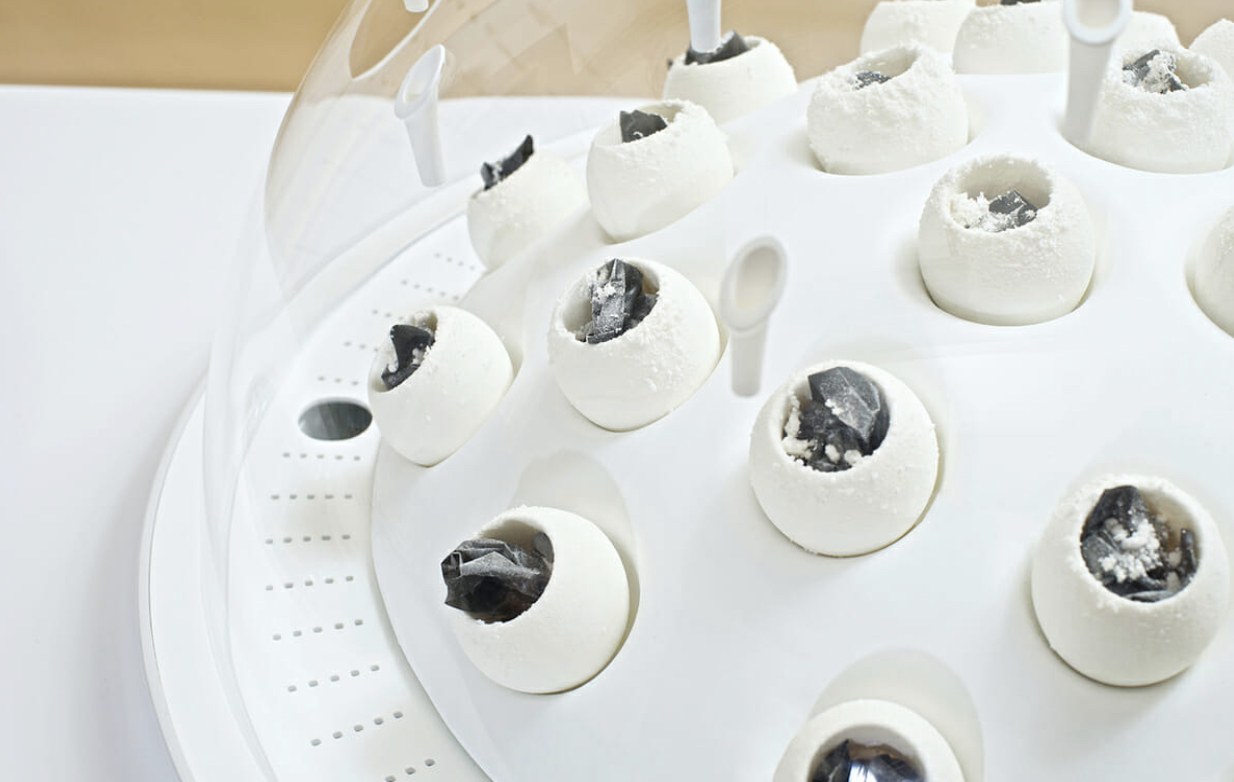
The earth’s cleaners
It’s no secret that pollution at the hands of the human race is posing a huge threat to our environment. Ironically, it seems that it is Nature that may hold the solutions to get us out of this mess.
One of the biggest problems we face is plastic pollution. Unfortunately, despite there being no efficient way to dispose of them, plastic products have been rolled out in mass for over a century, and with some taking up to 1000 years to biodegrade, it seems as if they are engulfing us; ending up in our land, sea, and even air as microplastics. Enter the Pestalotiopsis microspora, whose mycelium (the root structure of mushrooms) can eat plastic products as its primary food source and survive without air or light. This makes it a wonderful natural solution for cleaning up the plastic in our landfills and littering our environment.
What’s more, in a process known as mycoremediation, fungi are able to decontaminate soil, waterways or other natural sites that have been damaged by contaminants such as petroleum fuels, oil spills, pesticides, herbicides, pharmaceuticals, dyes and heavy metals. For example, some species, such as the oyster mushroom, naturally produce enzymes that break down the tough, aromatic hydrocarbons found in petroleum.
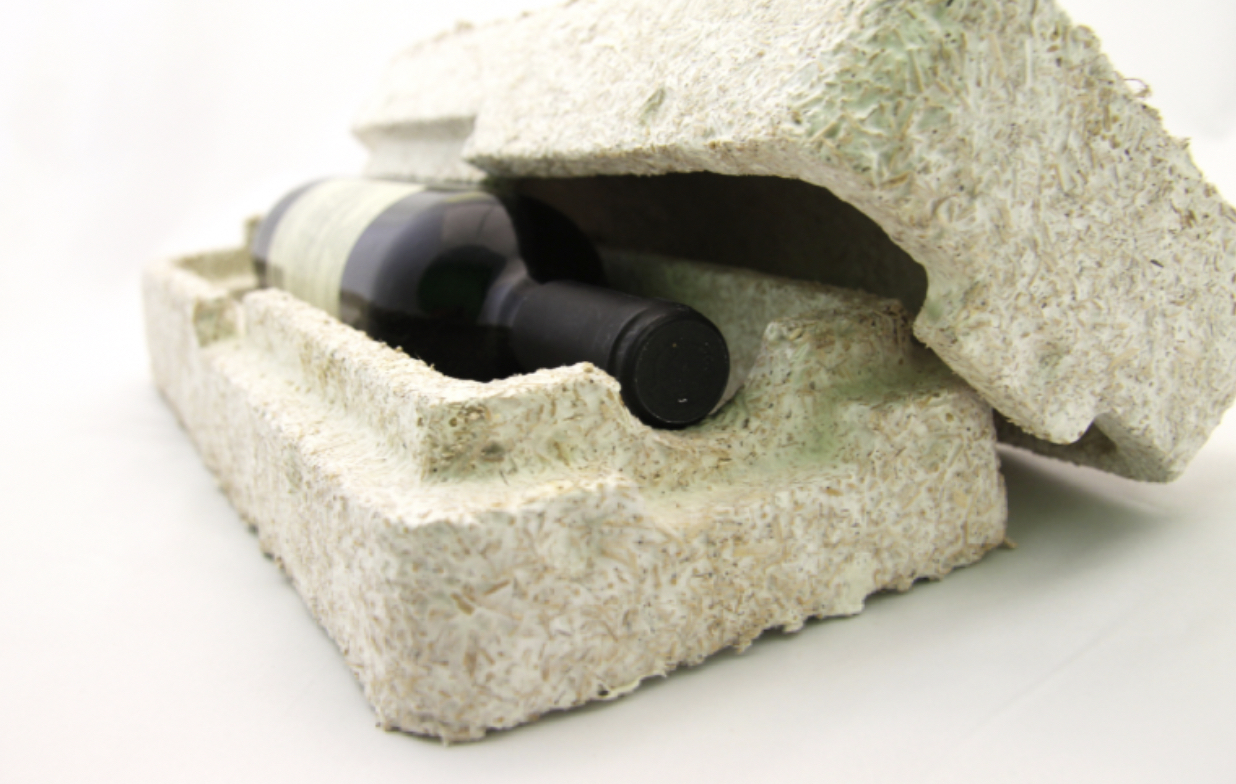
A new sustainable material
On the flip side, fungi are also being developed as an alternative material to replace plastic. A company in New York called “Ecovative” is paving the way when it comes to mushroom technology, using mycelium to create incredible, completely compostable alternatives to plastics, leather, styrofoam packaging, meat and more. Even furniture giant Ikea has committed to switching to the biodegradable mycelium “fungi packaging” as part of its efforts to reduce waste and increase recycling. Elsewhere, mycelium is even being trialed as a potential building material due to its industrial-level strength.
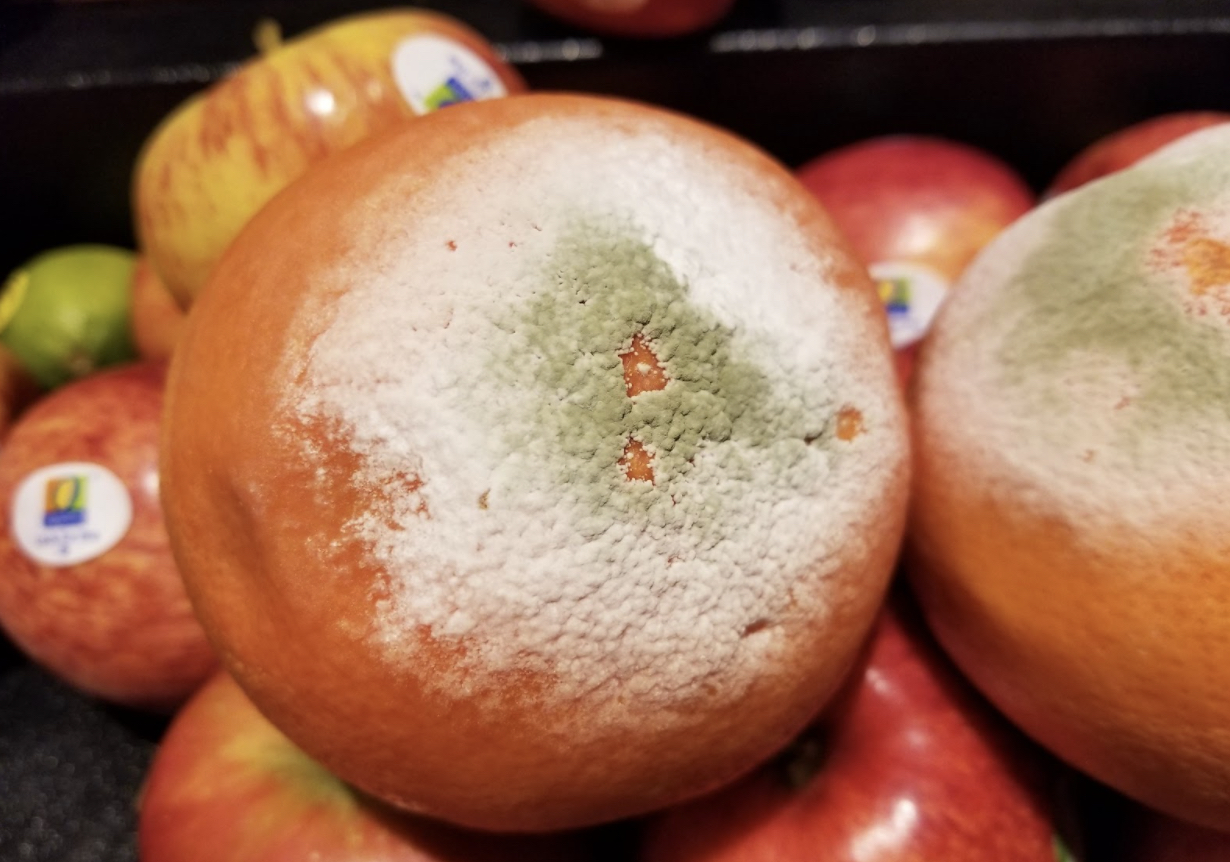
Preventers of illness
Interestingly, we are more closely related to fungi than we are to any other kingdom, sharing almost 50 percent of our DNA, according to Stamets. Fungi have warded off viruses and bacteria for over a billion years, so there is much that we can learn from them in order to protect ourselves.
We have already discovered that mushrooms produce strong antibiotics. Perhaps the most famous of these harnessed by medicine is penicillin, an antibiotic based on a compound produced by Penicillium molds. Fungi have also been used in medicine to enable organ transplants and lower cholesterol. Who knows what other medical secrets are hiding in our old-growth forests.
In summary, we have only just begun to scrape the surface of all the myriad potential applications of fungi in its various forms. But there is also a bigger lesson here. Fungi can teach us that instead of always looking for man-made solutions to our problems, we should be taking inspiration from the natural world and its ecosystems that have been thriving long before our existence.



